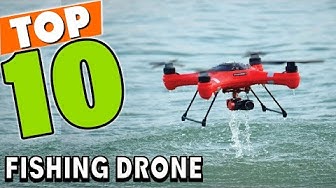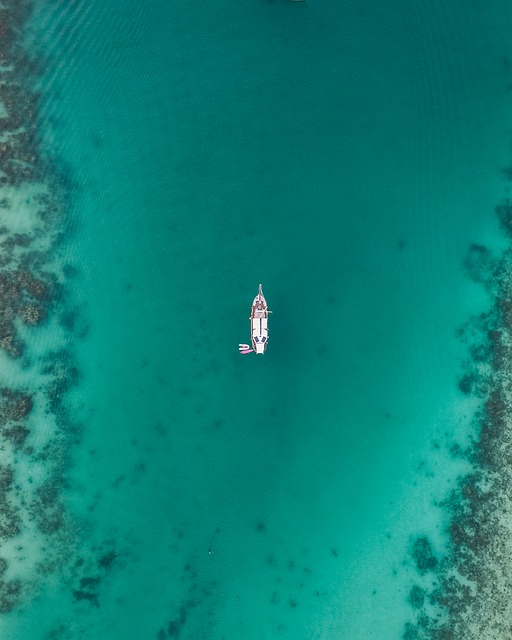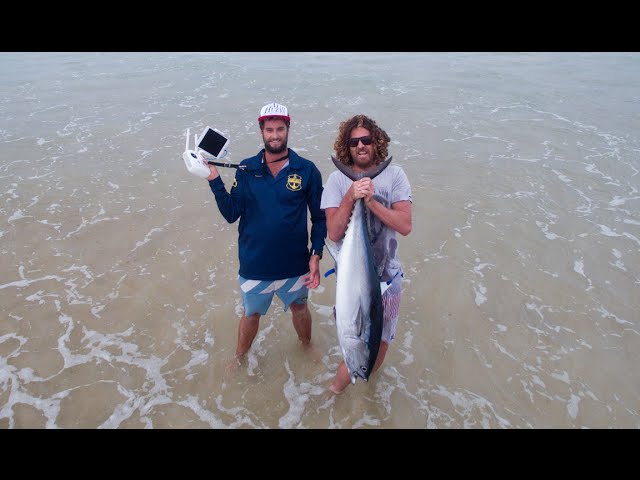
If you are an avid fisherman and live in Australia, you can now use a drone to get an aerial view of the waters around your property. Drones are equipped with many features including a GPS positioning and GPS receiver, a GPS transmitter, a GPS receiver, an angle-adjustable camera, and a mechanical payload. You can also buy fishing line that you can use to fish. These lines are highly stable and reliable. One such example is the SKY RIGGER drone.
SKY RIGGER drone fishing line
The SKY RIGGER allows you to fish remotely from your drones using a flexible fishing line system. Two rotating leg clamps allow the system to be attached to a variety of drone models. The release mechanism includes a bayonet connector and a cam-lock arm, which allows you to quickly unlock the line clamps. Sky RIGGER doesn't require batteries unlike other drones. This drone can take all kinds of fishing techniques and is safe.
The SKY RIGGER comes with an automatic release mechanism that allows you to let go of the line when a fish catches your fly. You can also manually release your line with your rod or hand. This feature is available for all models of the SKY RIGGER. Before purchasing the new SKY RIGGER, it is recommended to purchase a Phantom 3. A few pros and cons of the new line system:
It can be set up to release a payload mechanically
A good drone's mechanical payload release is one of its most important characteristics. Many of them make it possible for the anglers easy to release the fishing lines. Some models lack a release mechanism. Instead, to remove the drone from its fishing line, the user must "yank” it. This can be a tedious process, especially for those who don't feel comfortable using their hands to release it.

Its payload release function is another important feature. The payload should be able to release the drone's line when the fish is struck. It is important to practice catch and release fishing before trying this method, as you can't simply pull the fish to shore and release it back into the water. The DJI Phantom drone has been reported to have excellent results by many people. However, the technology is not yet up to the standard of other fishing drones.
It has a GPS positioning system
Rippton is an Australian-Dutch joint venture that specializes technology-oriented products for fishing. It was founded to improve the success rate of anglers by creating products that increase the enjoyment of fishing. Rippton's Mobula drone features a GPS positioning system and a remote release. The Mobula can be used to store bait at the surface and provide resistance against kite clips. It is also environmentally friendly.
It weighs only 3 pounds and can fly for as long as 18 minutes. The high-tech GPS system allows it to be controlled up to 2,000 feet away. It has an operating range of 1000m (or half a mile) and intelligent flight modes. Its point of interest feature lets it take high-quality images of its surroundings. You can get amazing views of fish with its high-resolution camera.
It comes with a failsafe feature
Aerokontiki's fisherman drone has a failsafe function: It monitors battery levels and releases fishing line when necessary. In case of battery failure, it will land back on dry ground to continue its mission. It uses industrial-grade flight controllers and can operate anywhere without recalibration. You can use the drone even in the most treacherous water spots.

FAQ
What law applies to drones that fly over private property?
Recently, the FAA released new rules for commercial drone operations. These rules do not apply to UAVs under 55 pounds or flying at less than 400 feet above sea level. Commercial operators need to register with the FAA in order to obtain a license. When operating in restricted areas or near airports, they will need to obtain permission from the local authorities.
Where are Drones Banned?
The FAA prohibits drones from flying within close proximity to airports, stadiums and sporting events, as well as nuclear power plants, hospitals and prisons. However, they do allow them to fly at night using GPS technology.
Can you fly a drone high without a licence?
The FAA has no limits on the maximum height a drone can fly. However, you must register your unmanned aircraft system (UAS), which includes the registration numbers, model name and weight, size, serialnum, manufacturer's name and date manufactured.
Statistics
- According to Indeed, a drone pilot gets paid $25.73 per hour on average in the US. (dronesgator.com)
- According to industry research from ZipRecruiter , there are 10 cities where the typical salary for a Drone Pilot job is above the national average. (dronesgator.com)
- According to ZipRecruiter, the minimum hourly wage of drone pilots is $20. (thedroneu.com)
External Links
How To
How to Fly Drones at a Beginning Level
A drone refers to a remote-controlled aircraft designed for aerial photography, surveillance and scientific research. Drone technology has been around since World War II. DJI introduced their Phantom series of quadcopters in 2010, but commercial use only began in 2010. From beginner-friendly drones such as Parrot AR Drone 2.0 through professional-grade multirotor craft like DJI Mavic Pro, many types have been available.
There are many options for flying a drone.
-
Remote control – This is when you attach a device to your hand that allows you to control the drone's flight path. There are two main types: Joysticks (like a radio), and On/Off switches (like an alarm clock).
-
Manual Control – This method lets users remotely control the drone by using a smartphone app. The app will give you instructions.
-
Autonomous Flight - This method involves leaving the piloting duties to the drone itself. It's basically flying autonomously without any human intervention. The drone must be equipped with a camera and sensors that can capture images and data in order to fly autonomously.
-
Triggered Flying - This method works in the same way as manual control. However, the pilot has to manually set up a route for the drone and it follows that route until reaching the endpoint. Once the programmed route has been completed, the drone returns to the base automatically.
-
Landing Gear – A few drones come with landing gear. This allows them land safely in the event of losing power or running out of battery.
-
Goggles: Some pilots use goggles in order to protect themselves against debris when operating.
-
Camera - Some drones can be equipped with cameras which enable you to capture photos from the sky.
-
Obstacles - Some drones can be equipped with obstacle avoidance systems that prevent them from crashing into obstacles.
-
Speed - Some drones can travel at speeds over 40 mph.
-
Battery Life - Most drones last between 20 and 3 hours depending on how much power they have.
-
Range - Depending on the model, some drones can travel up to 30 miles away.
-
Power source - Some drones require an external power source; others work off internal batteries.
-
Weight - Some drones can be as light as 1 pound while others can reach 4 pounds.
-
Size - Drones can range in size from tiny devices that can fit in your palm to heavy crafts that weigh 50 pounds.
-
Price - From high-end models that cost thousands of dollars to low-cost options that start at $100, all drones fall under a certain price category.